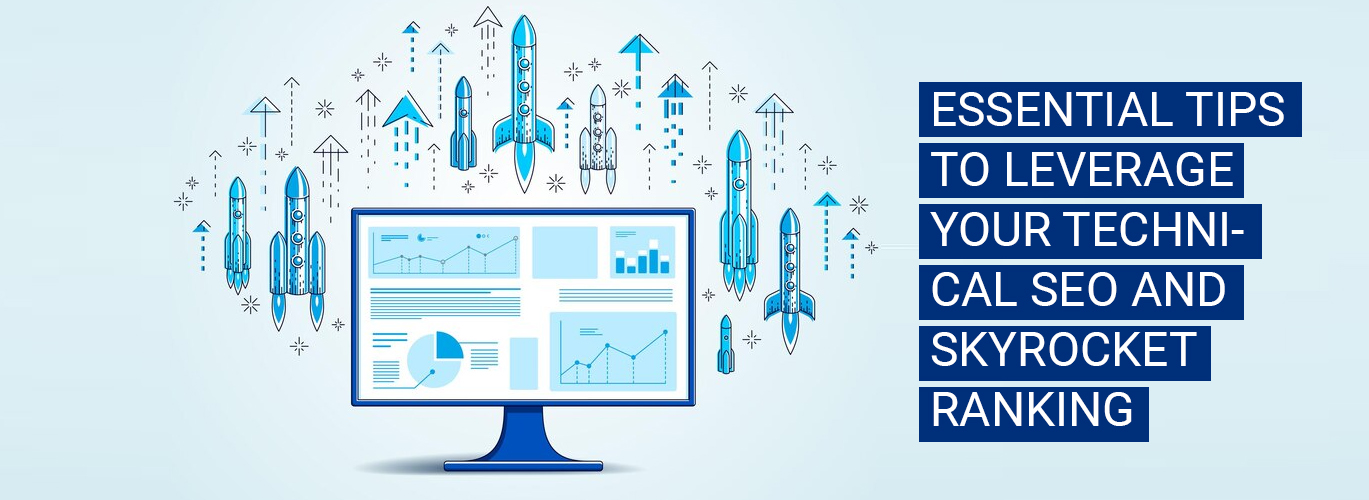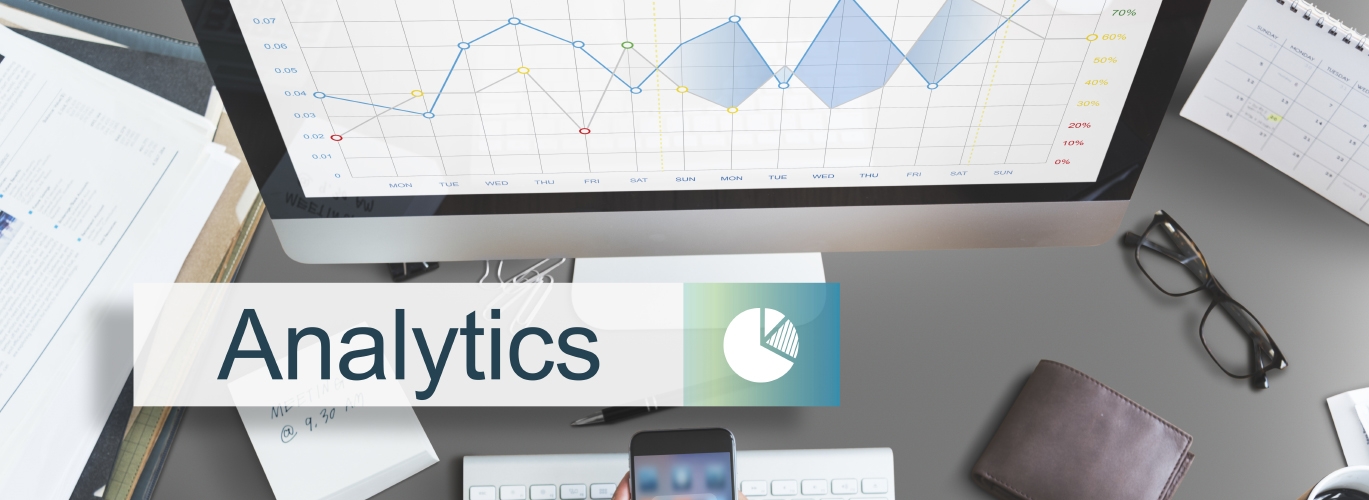Geofencing marketing is an advertising option that is available to all small businesses. However it’s the one that we don’t hear too much about. Geofencing marketing depends on tracking data from smartphones to deliver location based mobile ads.
It utilises your mobile GPS location tracker. So if a business owner chooses to participate in geofencing marketing, they find a specific boundary that they want to target. They deliver their ads to their audience when they come into that specific location.
They actually develop a virtual fence around that particular location using the tracking capability of smartphones. When someone enters this virtual fence, they are going to see company-related ads on their mobile phones.
For example, Burger King has geofencing. As soon as a person enters their fence they will receive a notification of that shop like “flat 35% on classic burgers” and plus there are only “45 coupons left”.
After going through this message there’s a high chance that the person will go and place an order in their restaurant.
Benefits of Geofencing Marketing
Below are few benefits of geofencing marketing.
Increase Local Sales
Local SEO works best for most firms. If you want to increase your local performance, you must go with geofencing. You may target local client’s in particular geographic regions as it is a location-based solution. Sending promotions to clients in your neighbourhood through push notifications is one method to gain this.
Boost Analytics and Tools for Metric Analysis
Local sales are extremely difficult to track. What would bring customers to your brand? This may be tough to tie to your online efforts if you don’t have the chance to poll every consumer who goes through your door.
Consumers who come in with geofencing promotions, can also be measured in a lot of ways which includes sales, length of time spent in your store, and frequency of visits.
Provide Personalization for Customers
Another advantage of geofencing is that it enables you to collect data to personalise customer offers.
It provides demographics about the local population that includes what types of offers attract them and get them in your store. If you take a look at purchase history and realise that local customers prefer a specific product, you can alter your promotions as per that.
How geofencing marketing works
There are mainly three ways to develop geofences. First is with a centroid radius. This engages in locating the centre point of a building or property, and then calculating a specific distance away from that point (i.e. a radius) in every direction. This develops a general proximity zone that will send out ads whenever a person with a mobile device gets close enough to a point of interest.
Second way is with a walk or drive time, also known as an isochrone. This engages in calculating the amount of time it takes to get to a specific point from any other location utilising available transportation methods. A company can then send out ads only to people who can travel to their business location within a particular amount of time. This is a more specific kind of geofence that enables for marketing based on how effortlessly people can get to a business, other than how close they are as nearby people may still have trouble getting to a business due to obstacles or a lack of transportation.
Third way is with building footprints. This method utilises measured polygons to represent the exact physical boundaries of a point of interest, whether that’s a whole building, a park, or a store unit in a mall. Here the business can send notifications only to people who actually set foot inside the building or on the property. This actually targets people who, in visiting a business, are signalling a potential intent to buy something from them.
Now let’s look at some tips to Geofencing
Your target audience is important to geofencing marketing.
If you get an idea on who your audience is, as well as what they want, you can develop a target area that’ll drive results. As well, you can develop ads that will engage shoppers and influence them to purchase. If you’re not sure of who makes up your target audience or are revamping your target audience, look at the data you already have available.
For example, if you’re active on social media, engage with your customers and observe what their feedback is about your business, services, or products.
Review your data on a routine basis
Optimise the success of your geofencing marketing campaign and your other digital marketing efforts, by analysing your data on a routine basis. Or else, you won’t know how your campaign’s faring. If analytics is an unknown area for you, you can always partner with a geofencing marketing company.
Give your time to time too
Just as necessary as knowing who is close to your business and where they go is knowing when they’re going to be there. You have to calibrate your geofences to deliver specific marketing messages for certain times of day. For instance, using geofences, if you run a restaurant to advertise your breakfast special when it’s already 8:00 PM is likely not going to result in many conversions.
What brands use geofencing marketing?
Need some inspiration? These are a few examples of the many businesses that use geofencing marketing that includes best-use cases from big brands like Uber, Burger King and Vouchercloud. Take a look at these examples:
Uber
With Uber’s LAX campaign a brilliant example of geofencing marketing can be witnessed. By Geofencing the airport, it became possible for the company to bypass the ban on taxis and send users notifications about available cars nearby.
Vouchercloud
One among the first brands to adopt geofencing. The company has utilised it to convert high street deals by delivering highly-targeted push notifications to customers close to participating retailers.
Burger King
One of the well-known geofencing marketing campaigns is Burger King’s Whopper Detour. The burger giant geofenced thousands of McDonald’s restaurants then persuaded customers away by providing them a 1 cent Whopper burger.
Even though it is gradually gaining popularity, it is best to begin using geofencing now to learn more about your local demographics, increase sales, and function effective location-based marketing campaigns.






